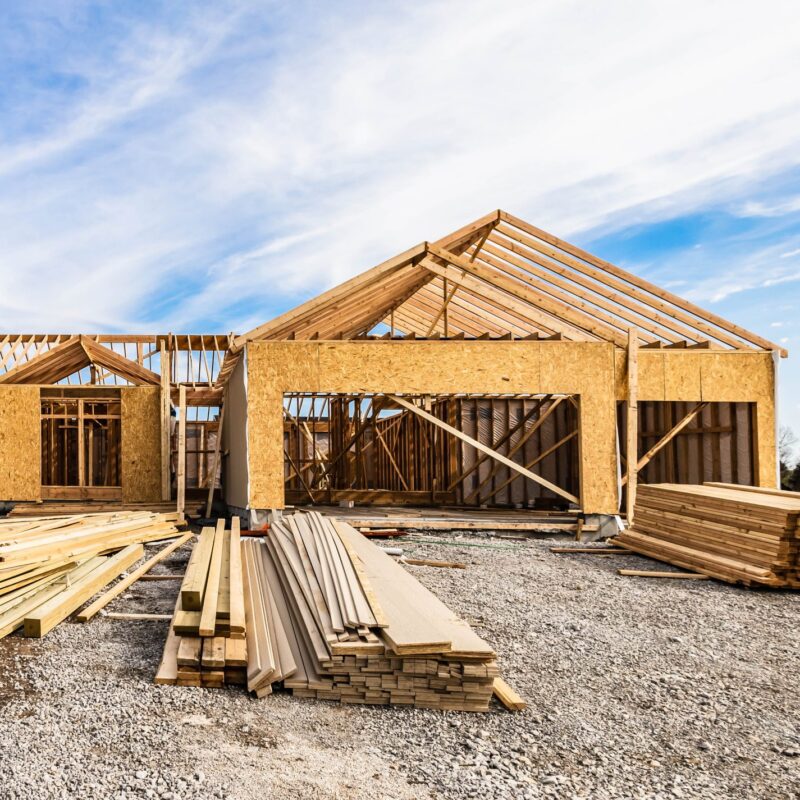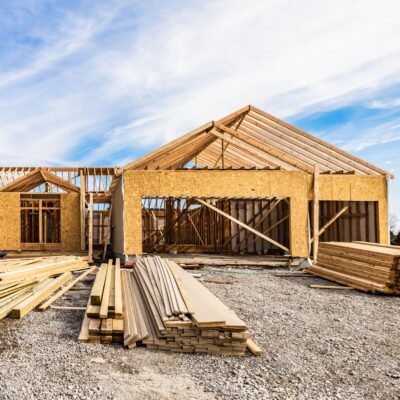For years, we knew we wanted open concept living spaces—the kitchen spilling into the dining area, spilling into the sitting room —but we didn’t necessarily know why. It just felt right, and that was enough.
Turns out, what we were working toward was universal design, a concept of making spaces usable by as many different walks of life as possible, a concept of doing away with the specialized, compartmentalized living spaces that are ideal for some folks but not so great for others.
The idea of universal design “adds a functional aspect to a trend that felt good,” says Dan Zimmerman, owner of Charlottesville-based design and architecture firm Alloy Workshop. “Now it’s like, oh, it actually does good.”
These days, universal design is having an influence everywhere in the house—the National Association of the Remodeling Industry has even created a program for Universal Design Certified Professionals. And according to Zimmerman, the bathroom is no exception.
Zimmerman says the principle plays out in three ways in the bathroom: technologically, functionally and stylistically. In terms of washroom tech, he says he’s seeing clients who want powered medicine cabinets, music integrated directly into their showerheads, hands-free sinks and automated toilets. (Some techno-Francophiles are even going for automated toilet-bidet combinations.) To a lesser extent, Zimmerman is seeing high-end clients opt for non-invasive video feeds that play news streams or tickers directly on their bathroom mirrors.
Universal functionality overlaps in many ways with the technological developments we’re seeing in the bathroom, Zimmerman says: “Universal design allows kids to reach the faucet in the bathroom, or if you are impaired, it allows you to roll into the shower.” Other examples include storage solutions that are integrated into other structural elements without sacrificing accessibility and handicap-friendly grab bars disguised as towel racks.
“Universal design is kind of paramount because of two things,” Zimmerman says. “One, obviously we have an aging population, and a lot of people we see are renovating in place and plan on staying in their house. Two, there is definite resale value.”
Stylistically, Zimmerman says a natural material palette (though not reclaimed wood, which is “pretty done”) seems to jive best with the principle of universal design. Natural stone and tile, soapstone and slate are popular because they are easy to maintain and durable, he says. As for the swath of people who are trending toward manufactured materials like quartz, they’re typically looking to create a master-suite-as-spa aesthetic. Oh, and guess what? That’s universal design too.
“We are seeing these master suite lofts, the hotel room feel, where the line between the bathroom and the bedroom is blurred,” he says. “They are a little more integrated.”
Seriously, who can be troubled to go from one room to another just to take a shower in the morning?
Universal design made easy
According to the Center for Universal Design at NC State University, universal design must adhere to the following seven principles, wherever it’s used in the home.
Equitable use: Design accounts for people with diverse abilities.
Flexibility: Design accounts for a range of individual preferences.
Intuitiveness: Design is easy to understand regardless of experience, knowledge or language and concentration level.
Perceptible info: Design communicates information to the user, regardless of distractions.
Error tolerance: Design minimizes hazards and consequences for mistakes.
Physical ease: Design can be used without causing fatigue.
Scalability: Size and space of design elements allow users of all types to reach and manipulate them.—S.G.





